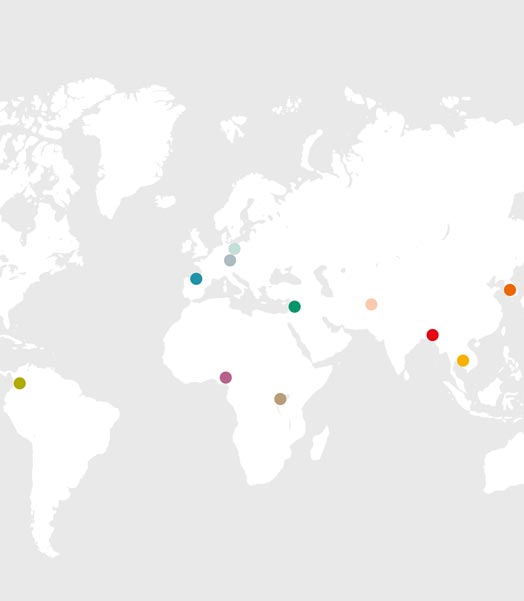A PORTRAIT OF A CENTURY
They lived in different places at different times. And yet these 11 people have at least two things in common. They survived a war as children. And they experienced help from Save the Children in their time of need.
For Save the Children, award-winning photographer Dominic Nahr and journalist Anna Mayumi Kerber met survivors of the most devastating conflicts of the past 100 years around the world. Save the Children is now publishing these vivid reports in the photo book “I Am Alive”. It is published by Kerber Verlag and is now available in German and English.
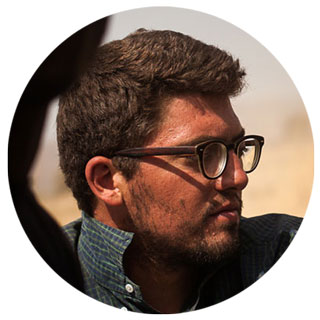
Dominic Nahr
The awardwinning Swiss photographer Dominic Nahr grew up in Hong Kong and lived in East Africa for many years. As an ambassador for Leica, he has been reporting on the world’s trouble spots for over ten years. His coverage of the civil war in southern Sudan, on rebels and child soldiers in the Congo, and on terrorism in Somalia has been published in international magazines such as Time, The New Yorker, DIE ZEIT, and stern. Dominic Nahr studies people with deep empathy; his visual language goes beyond documenting atrocities and catastrophes. In 2017, he founded the photo agency MAPS with colleagues. In the same year, he photographed Save the Children’s relief mission in drought-stricken Somalia for National Geographic and DER SPIEGEL. Dominic Nahr has been working on the Save the Children project I Am Alive since 2018. The organisation exhibited his photographs in 2019 at the Federal Ministry for Economic Cooperation and Development and the Federal Foreign Office in Berlin, and to representatives of the EU Commission in Brussels.
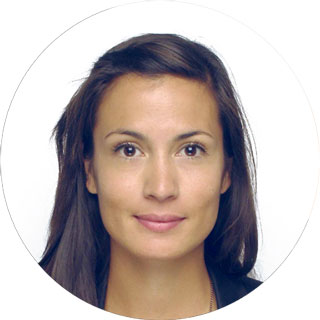
Anna Mayumi Kerber
Anna Mayumi Kerber, born in 1983 in Austria, has been working in Africa for more than ten years. She lived in Kenya for six of them, where she headed the East Africa office of the Deutsche Presse-Agentur, among others. As a freelance journalist, she reported for numerous print, online and broadcast media. She studied journalism and media management at the University of Applied Sciences Vienna and later science journalism at Columbia University in New York, where she was awarded the Robert Wood Johnson Award.
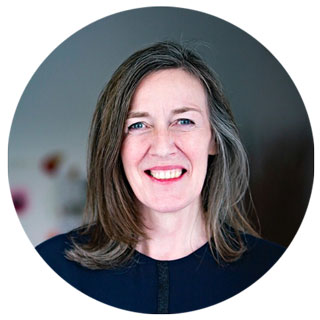
Martina Dase
“The thing about people is, we are all interested in the lives of others. When you relate, that’s when you become curious.” Martina Dase, a journalist, filmmaker, and expert on strategic communication, knows how important visual media are in connecting humanitarian stories with new audiences. As an award-winning television journalist for the broadcasters ARD, arte, and 3sat, Martina developed her own unique cinematic style, and the hallmarks of her artis- tic stamp are a common thread running through each page of this book. Martina’s desire to not just depict reality, but to help shape a better world led her to non-governmental organisations. She has designed multiple strategic campaigns and flagship projects, including for Greenpeace
and Welthungerhilfe, before joining Save the Children Germany in 2016 to lead the communications team. There, she has worked closely with leading German media outlets, covering the humanitarian disaster on location in Somalia, hosted the anniversary celebration to mark one hundred years
of Save the Children’s work, and is spearheading debate on the future of development aid. Martina has retained a keen focus on Africa, and her ability to show the humans behind the headlines has shaped all her work.
A JOURNEY INTO THE PAST
Martina Dase, communications director at Save the Children and initiator of the “I Am Alive“ project, talks in an interview about the inspiration for the project, the worldwide search for eyewitnesses and the universal experiences that connect them all.
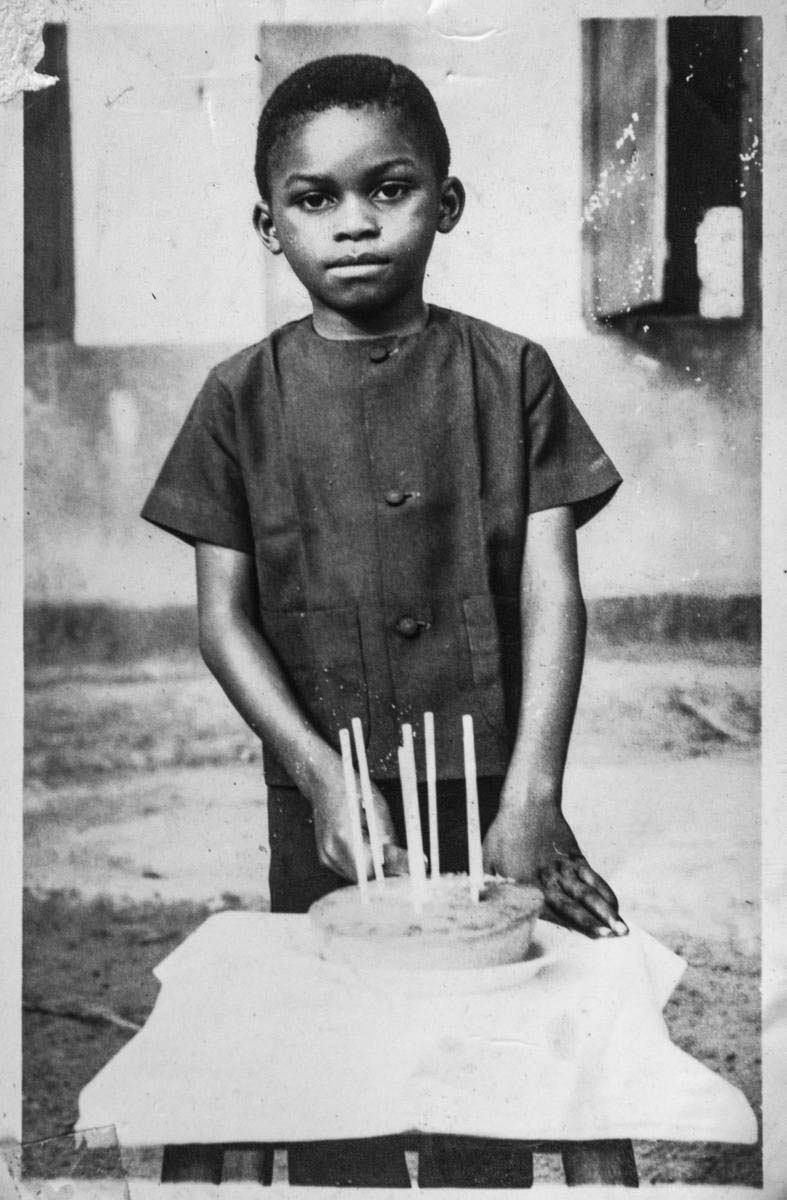
What is the project "I Am Alive" about?
In every war, children suffer the most, today as much as 100 years ago. How do they survive? What does the experience of war do to them? How does it shape their future lives when they receive help? In our anniversary year, we wanted to explore these questions in depth and present them in an artistically sophisticated way. And then let as much of the public as possible participate. Because true stories and true pictures can convey better than anything else the horror to which children are exposed in wars. We hope that the stories of our contemporary witnesses will result in a powerful plea for more humanity. Incidentally, our work with photography has defined our organization since the very beginning: it was the startling photo of a starving infant from Vienna that led our founder Eglantyne Jebb to found Save the Children in 1919 and to commit herself to the children of the enemy, to needy children in Germany and Austria.
How did you come up with the idea of searching worldwide for the former children of war?
The idea was born in 2018, on a trip to Lebanon with photographer Dominic Nahr, whom I knew from our press trip to drought-stricken Somalia. In a refugee camp in the Bekaa Plain, we met Amal*, an 11-year-old girl from Syria. We witnessed a child who had been all but silenced by the experience of war. But in front of Dominic's camera, we witnessed a miraculous transformation: Amal suddenly stood there confidently, even posed a bit, "talking" to the photographer. We understood: It did her good to be seen. That was the moment when our anniversary project "I Am Alive" began. We decided to look for children who had survived the war and who wanted to tell us their story. To give a face and a voice to the countless individual fates that lie behind every conflict.
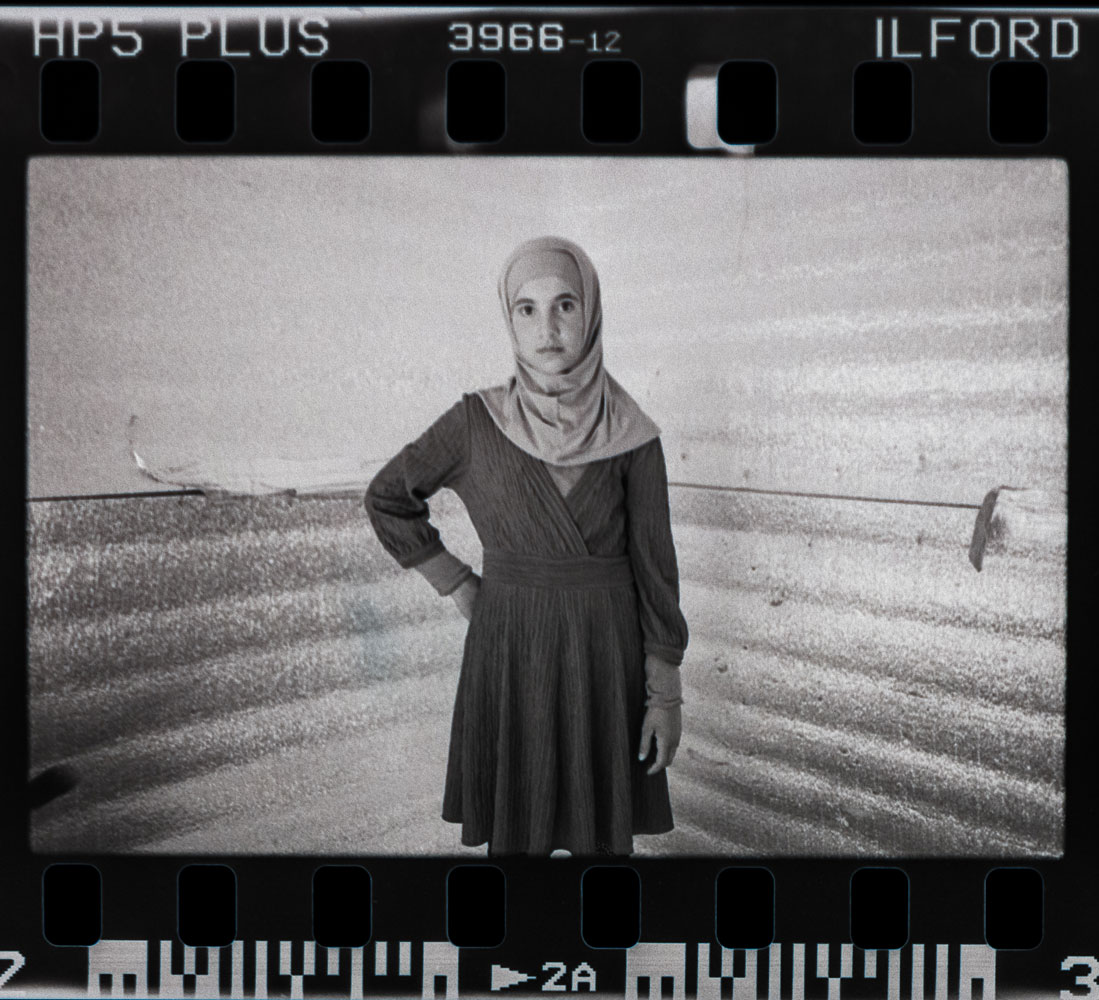
The photo of Amal looks almost like a fashion photograph. How did it come about?
Yes, that's right, the portrait of Amal almost looks like a studio shoot. The silver background, the intense colors of her clothes, the serious but confident look of the girl. All this distinguishes this photograph from many images that are usually created in our work context. In fact, the portrait was taken in an authentic place, namely in Amal's family tent. Her father lined it with silver aluminum foil, as protection from the scorching heat. Dominic also worked only with natural light. But by the coincidence of this special place and by his great art, this “fashion photo“ was created. It even reminds of one of the very great fashion photographers, Irving Penn and his famous Corner Portraits, by the positioning of Amal in the corner. This photo shows most intensely what we want to say: All human children, all survivors of wars, no matter where they live, what they have been through, are first and foremost human beings with pride and dignity, and with a right to beauty.
How did you find all the other eyewitnesses? Surely it wasn't easy to track down people who still remember their childhood in the First World War or the Biafra War?
Yes, it really was a mammoth task. Especially as we had also set ourselves the task of finding children who had come into contact with Save the Children. So it was the famous needle in the haystack. The longer we went back in time, the more difficult it was, of course. When we were looking for a survivor of the First World War, we almost gave up. Intensive research worldwide calls for eyewitnesses and sometimes a bit of luck helped. We searched our own historical documents in many countries, but also researched in public archives. We have spoken with former Save the Children staff. Our colleagues in the country offices assisted us in our search. In some cases, we had no choice but to research on the ground. In Rwanda, for example, a yellowed Polaroid led us to genocide survivor Vanessa Ntakirutimana, now 29 years old. In the end, we actually found them all: 10 “children of war“ - and our “baby of hope“ in the Rohingya camp of millions in Bangladesh, born in Save the Children's 11th decade.
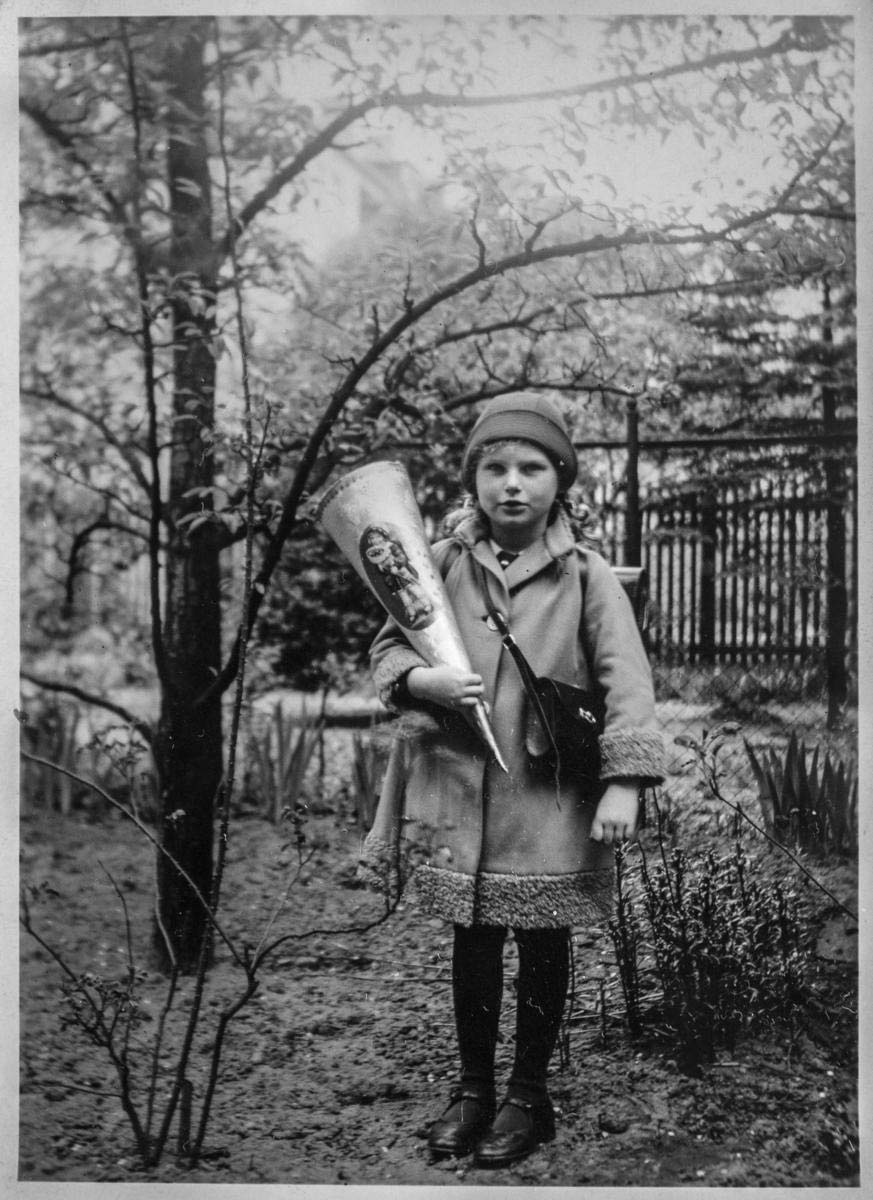
What can we learn from the stories of the 11 survivors?
Our oldest witness is 106 years old, the baby was 15 days old when we met him. As different as their life stories are, their experiences of a childhood in war are comparable. Children who grow up in war suffer hunger and thirst, flight and loss, fight against their traumas. But they hold their ground with their hope, their pride, and their tremendous resilience. When help comes externally, through Save the Children or the many other aid organizations, when the children realize that someone sees them and helps them, then even damaged biographies can take a good turn. In this way, our protagonists unfold a compelling panorama of the past war-torn century. By entrusting us with their stories, they encourage us to continue protecting children in war and defending their rights.
Did you personally learn anything away from the project?
I was most impressed by what the charming 106-year-old Mr. Karl said to me during our exhibition at the Federal Foreign Office when asked what the secret of his long life was. I still think of his answer often: “I survived two world wars, I lost my wife a long time ago. So I have learned to live from day to day. I let things come to me and don't grieve in advance about things that might come. That's what I told my neighbors when they were afraid of the refugees who moved into the container village next door: 'Let them come first. They are people in need.'“

